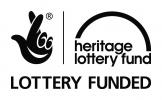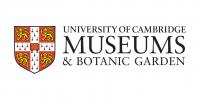Charles Darwin was an undergraduate at the University of Cambridge. During his famous voyage on the Beagle, he regularly sent back specimens to his old teacher, Professor Henslow. Some of these specimens, including some of the famous Galapagos finches, found their way to the University Museum of Zoology.
After Darwin’s return from the voyage, he lodged in Cambridge while he arranged for specimens to be studied and described for publication by the experts of the day. Many of the fish specimens were subsequently transferred to the Museum. After Darwin’s death, his family gave some invertebrate specimens remaining from the voyage.
The family also donated the microscope slides that Darwin prepared during his study of barnacles (Cirripedia). His work on the structure and classification of barnacles (published in two volumes) was his most conventional work, and established his credentials as a scientific workhorse with those for whom his theoretical ideas were more problematic.
The association between Charles Darwin, the Darwin family in general, Cambridge, and the Museum is, therefore, an important one. Recent renewed interest in the “Beagle phase” of Darwin’s scientific development has reinforced this association. Darwin’s specimens are not only of historical interest: many of them continue to be the subject of research enquiries.





